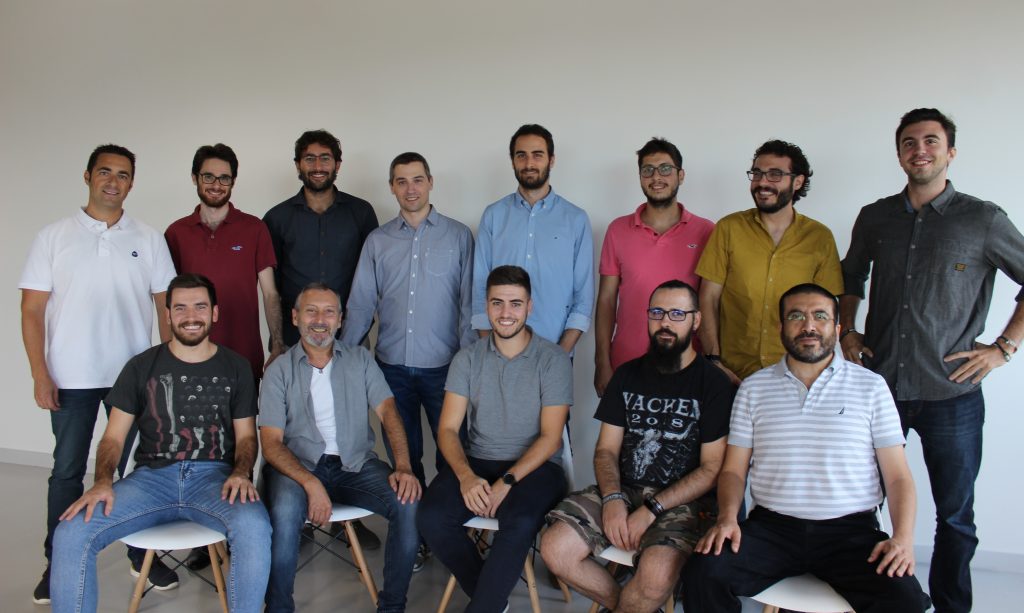Entrevista a Xavier Sans, CEO y cofundador de Orain
Le hemos hecho una entrevista a Xavier Sans, CEO y fundador de Orain. Xavier nos explica en qué consiste la plataforma y, sobre todo, nos enfocamos en las rondas que ha levantado la startup. Orain es una de las startups que ha financiado Itnig a través de su fondo de inversión para proyectos en fase early-stage.

